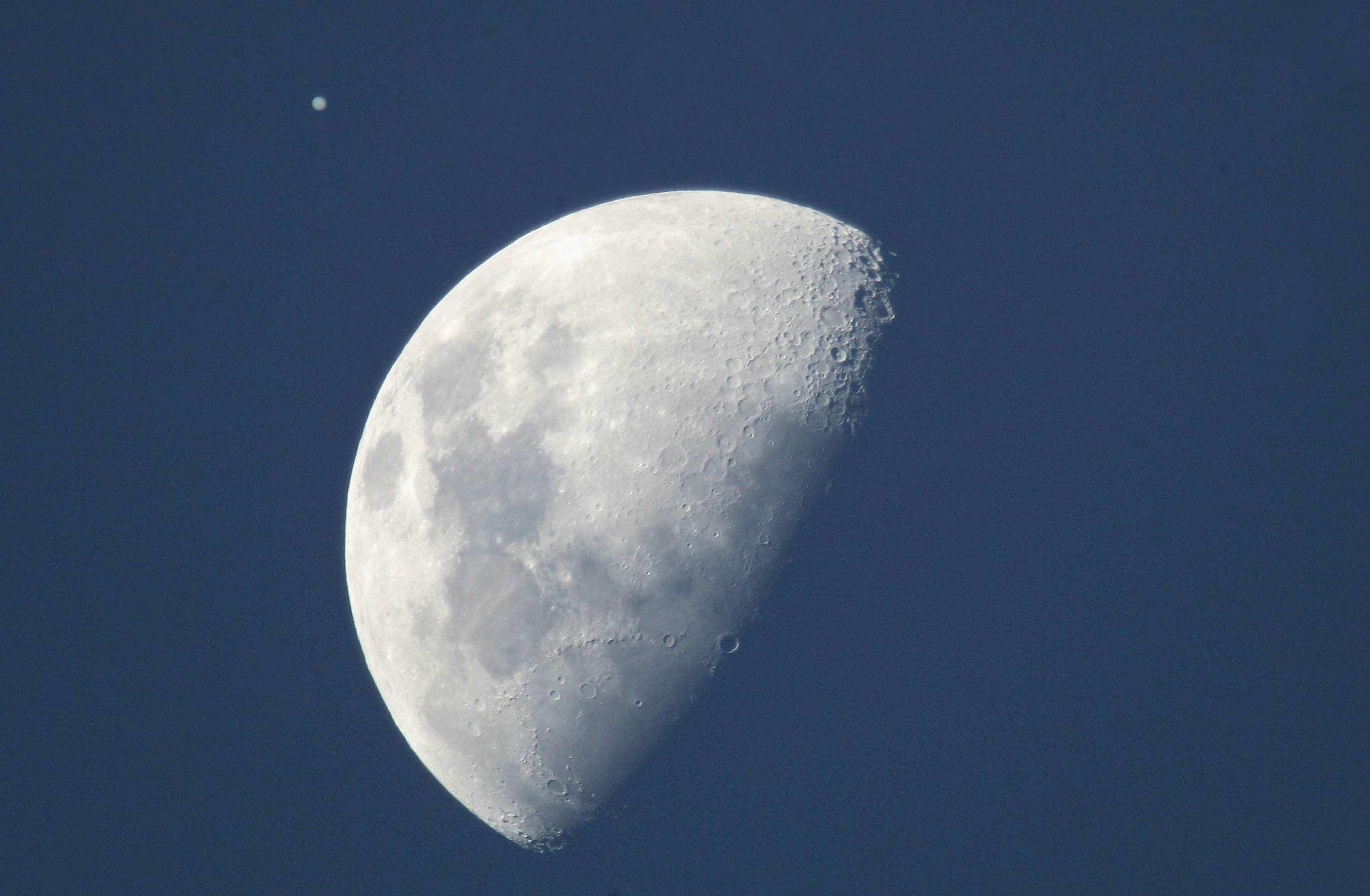Jupiter is struck by neon green lightning bolt in stunning Nasa photo
The image was captured by the Juno spacecraft on its 31st mission at around 19,000 above Jupiter’s clouds

This incredible photo taken by NASA shows a bright green stream of light shining through Jupiter’s thick clouds.
The spacecraft Juno took an epic image on its 31st flyby at around 19,900 miles (32,000 km) above Jupiter’s clouds.
The light comes from crackling lightning near the planet’s north pole.
Astronomers say this lightning is very similar to that which we get on Earth.
There is just one key difference between Earth and Jupiter regarding where the lightning forms.
On Earth bolts of lightning come from water clouds and are most likely to happen near the equator.
On Jupiter, however, lightning can also occur in clouds that contain an ammonia-water solution. It’s found mainly close to the poles.
This photo was taken in December 2020 but released on Thursday this week.

A citizen scientist had processed what was in the JunoCam instrument which was on the spacecraft last year.
The lightning stream is called Jovian lightning and was first spotted in March 1979 by the Voyager 1 spacecraft when it flew past the gas giant.
“No matter what planet you’re on, lightning bolts act like radio transmitters -- sending out radio waves when they flash across a sky.
“But until Juno, all the lightning signals recorded by spacecraft [Voyagers 1 and 2, Galileo, Cassini] were limited to either visual detections or from the kilohertz range of the radio spectrum, despite a search for signals in the megahertz range.
“Many theories were offered up to explain it, but no one theory could ever get traction as the answer.”
The Juno spacecraft has been observing Jupiter since 2016 by capturing lots of new images in an attempt to understand it.
They have discovered that lightning on Jupiter only happens in clouds containing an ammonia-water solution whereas on Earth it’s in water clouds.

Juno has also taken photos of electric blue ‘sprites’ and ‘elves’ in Jupiter’s atmosphere.
‘Sprites’ refer to bright flares of light that look a bit like jellyfish tenticals and appear in thunderstorms on Earth, only lasting a matter of seconds.
‘Elves’ look like a flat, glowing disc in the sky that can stretch up to 200 miles.
These can both be seen on Earth, usually appearing around 60 miles above thunderstorms, but it’s the first time they’ve been captured on another planet.
The coming months will see Juno’s orbits get steadily closer to Jupiter. The spacecraft is set to pass over the gas planet’s night side, which means more opportunities to capture images and information about lightning.



Join our commenting forum
Join thought-provoking conversations, follow other Independent readers and see their replies
Comments